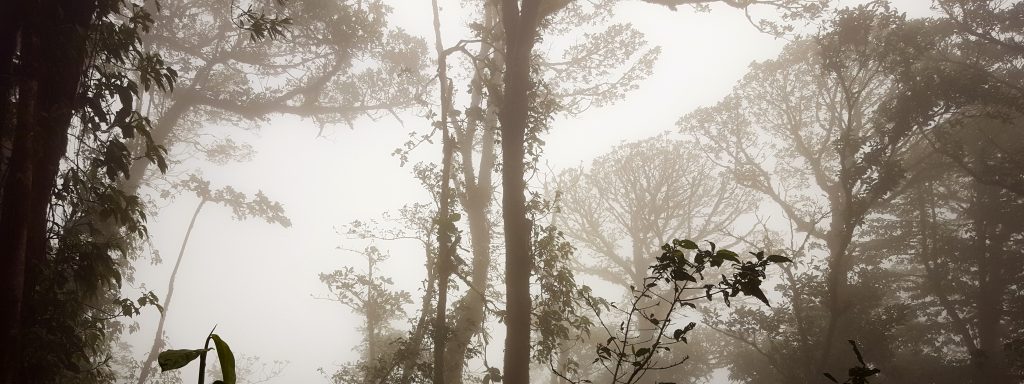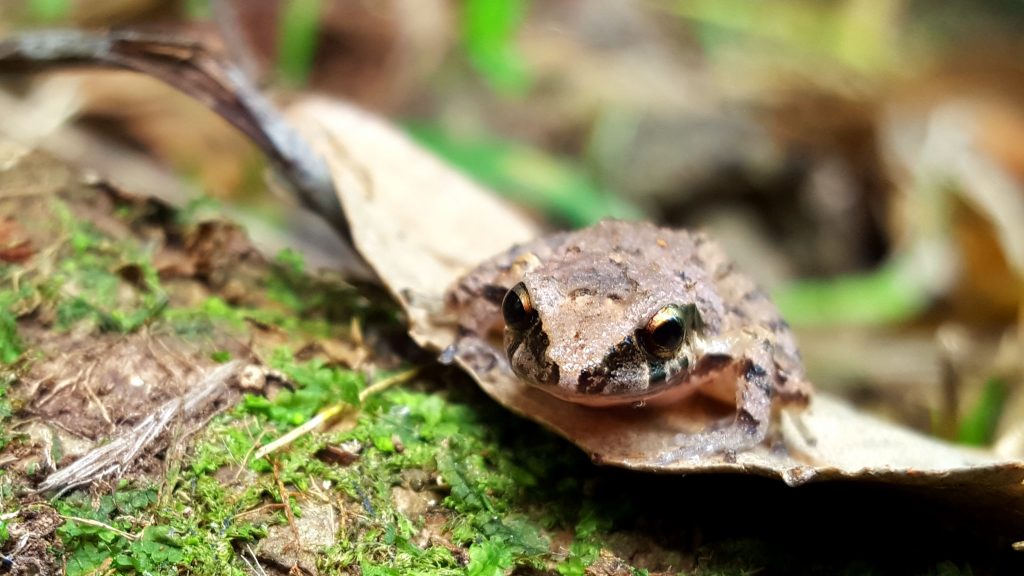
I’ve been living in a cloud for the last week. After ample research and an extensive analysis of the data, I think I can reasonably conclude that clouds are very wet. Also very cold.
We’re staying at San Gerardo station in “Bosque Eterno de los Niños,” an extremely biodiverse nature reserve spanning 22,000 hectares in and around the cloud forests of Costa Rica’s Tilarán mountain range. The elevation is high (1,200m), the temperature is low, and everything is perpetually soggy. Click on the photos in any one of the galleries below to expand them!
Thanks to the milder climate and the plentiful water, this entire area is teeming with life—the birds never stop calling, troops of coatis are visible from the deck every morning, and on the first day a 4-foot racer whapped loudly down from the deck’s rafters and slithered away when I startled it from its perch. Some of the bathrooms have resident scorpions, as well!
There is no lack of creatures to study and sketch, and I am using every bit of our limited free time to add to my field notebooks.
This week’s set of lectures has focused heavily on animal acoustics and local amphibian populations, so my head has been crammed full of what seems like every bird and frog call in existence. The most memorable call, though not one we’ve yet heard in the wild, is made by the Mexican burrowing toad. This creature’s subterranean lifestyle and low, bleating cry has earned it the moniker “alma de vaca,” or “cow’s soul,” as it moos ominously from beneath the boggy earth. When these toads begin to surface en masse for their brief mating period, it seems as though the souls of a million hamburgers are crying for vengeance.

Fun fact: this not a frog. Nor is it a toad. Most of the creatures that we call “frogs” or “toads” are not classified into family Ranidae (the true frogs) or family Bufonidae (the true toads), because they have slightly different sets of physical and behavioral characteristics. This particular leaf litter denizen belongs to genus Craugastor, in family Craugastoridae. So, what do we call him? Because English lacks a generic word for “hopping amphibian,” you get to decide whether you want to call it a frog or a toad. And either way, you’ll be squarely wrong. Isn’t taxonomy fun?
Between the lectures, labs, hikes, and field assignments, they’re keeping us quite busy. I’d best sign off for now, but I leave you with a few more photos! As much as I look forward to being warm and dry again, it will be hard to leave this beautiful place.











